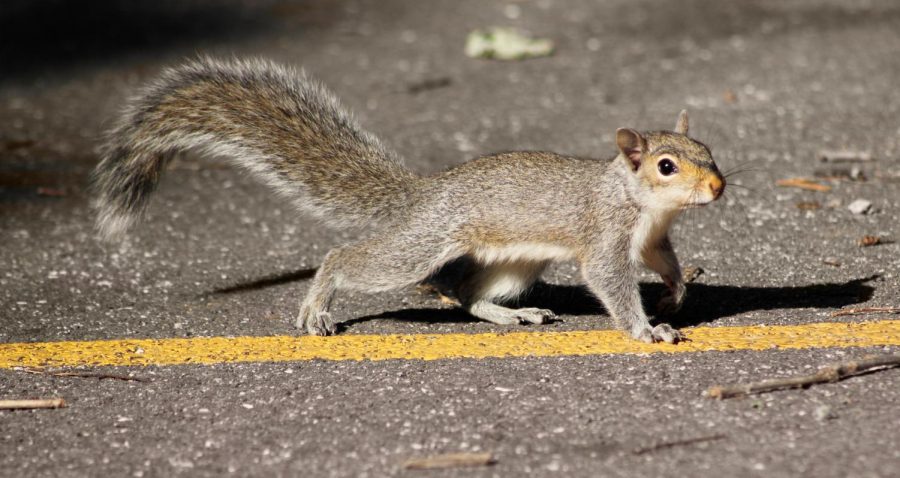Roadkill Massacre: Theories Behind the Recent Uptick
September 25, 2020
As an obscene amount of roadkill staggers the streets of northern New Jersey – drivers wonder why there has been an uptick all of the sudden. A ten-minute drive along Route 10 alone, is enough time to see an uncomfortable amount of dead animal corpses ranging from chipmunks to deer and even bears. Driving home from school on Thursday I stumbled upon a fifty-yard stretch where I couldn’t even count the number of animals splattered against the asphalt. In that time frame, an educated guess would put the number of casualties ranging from fifteen to twenty dead squirrels and raccoons. Last Sunday, my dad told me he saw at least a hundred dead squirrels along Route 80. However, the cause of this massacre on our streets is the real question. Why is there so much roadkill, and why all of the sudden?
The main theory behind the recent roadside bloodbath can be traced all the way back to the winter of 2019. As we all know in New Jersey the winter was somewhat mild compared to others in our recent past. Snow days were well below average and what was supposed to be winter seemed more like a prolonged fall that faded into spring. The usual freezing temperatures and snowy winters of New Jersey killed off most of the wild rodent population around us, however, the mild winter had little to no effect on population control on our wildlife. However, more animals are not the only reason that our streets are lined with bodies. The infamous COVID-19 also plays a role in our situation. From March to late summer the entire state was shut down. Not many people were commuting to work and people were only driving when necessary to get essentials. This, in turn, meant fewer cars on the road. The combination of less traffic during COVID and an overpopulation of animals mixed for a brutal and gruesome fall. The animals, as they tend to do, get conditioned to certain living conditions. For example, park signs often advise against feeding the ducks, because for nature’s sake animals should not rely on humans for food. Most people however don’t take these warnings seriously. For our situation’s sake, the animals have gotten conditioned to something more deadly than a food shortage or even a worldwide pandemic. The sense of safety when crossing Route 10 is the real danger. Our local animals have gotten conditioned to crossing the road with little traffic because everyone has been working from home. The reason we have only seen an uptick these last few weeks is due to the fact that the state has opened up schools and more people are going to work in person. Unlike three months ago, there are now a lot of cars back on the road. However, the sad truth is that squirrels still believe the roads are safe to cross because for the past six months they have been conditioned to this fallacy. It is safe to say that a warm winter and COVID-19 are to blame when it comes to pointing a finger at why there is an unsetting amount of dead rodents lining our streets.


Mo Opeyemi-Ajayi • Oct 2, 2020 at 1:29 pm
This was a very interesting article. When walking during Phys Ed, I would always wondered why there were so many dead squirrels and chipmunks. Great Job!
Grant Raincsuk • Oct 1, 2020 at 2:11 pm
I actually wondered something like this, so it’s interesting this was written. This was an interesting topic to write about, albeit a bit saddening.